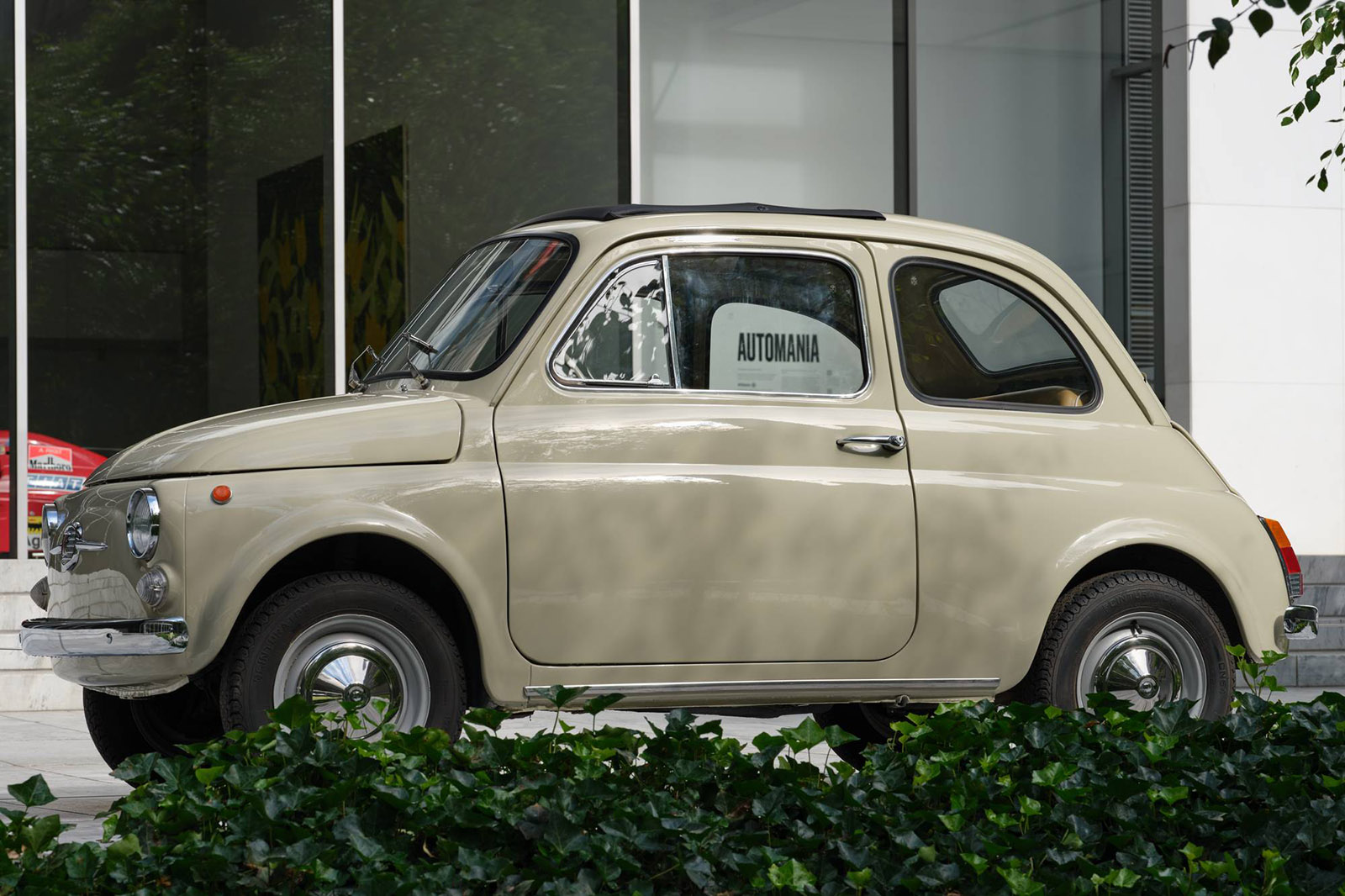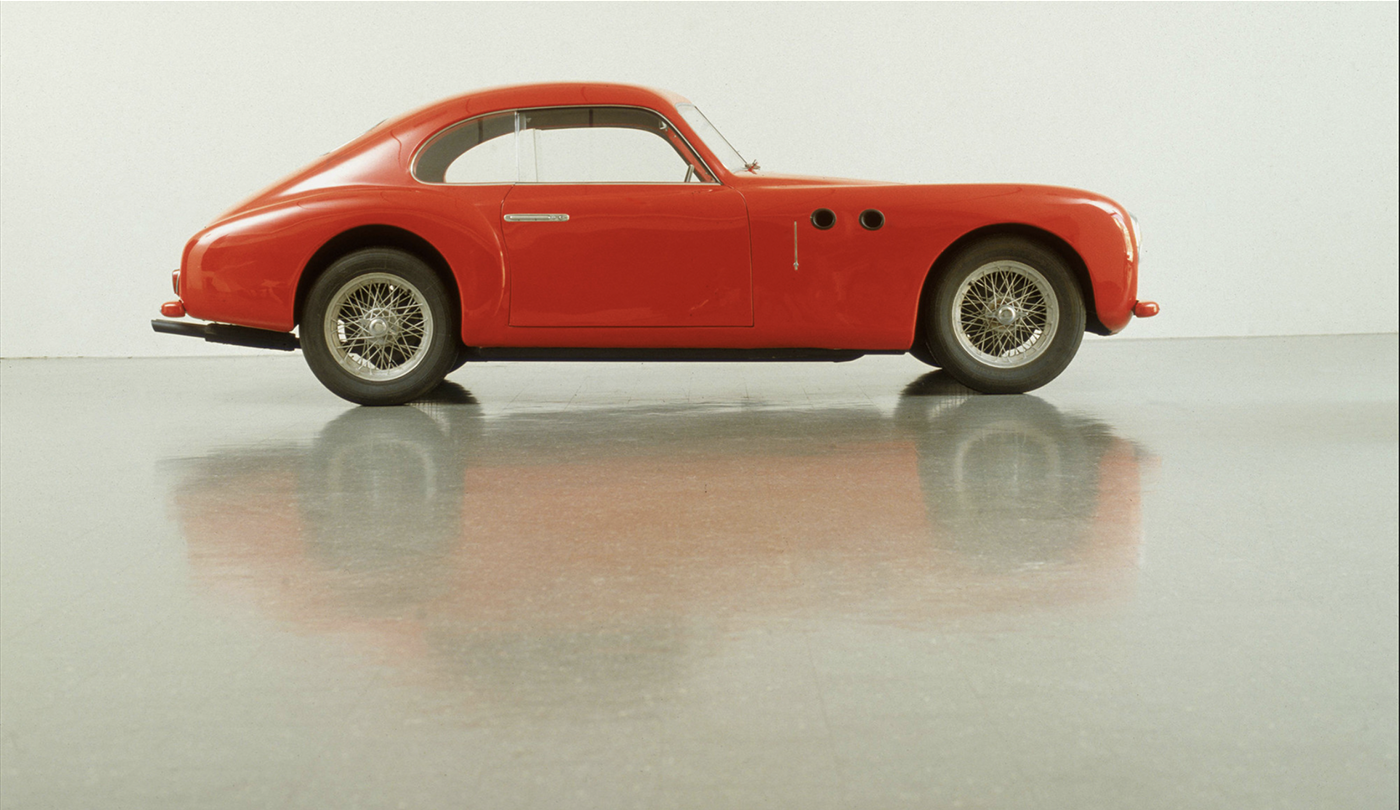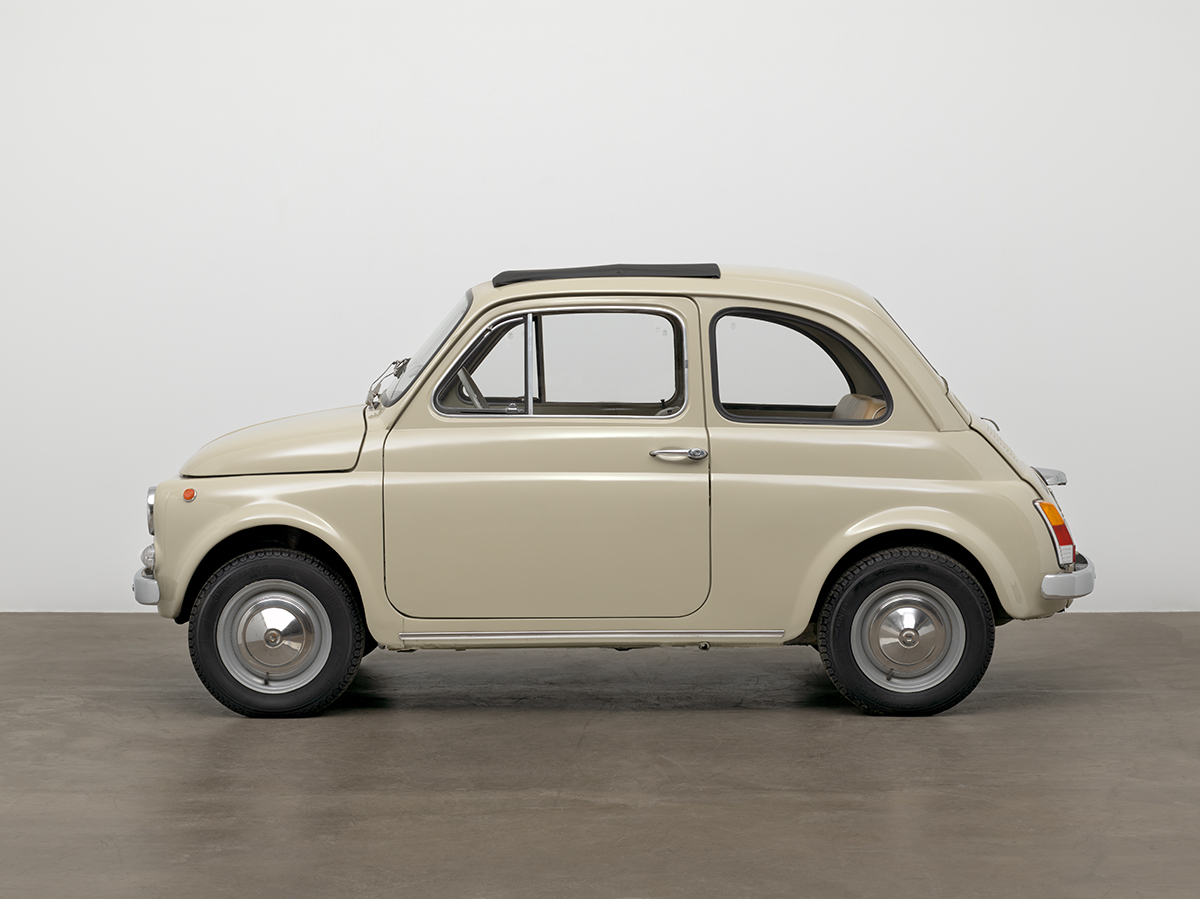The Fiat 500 on display at MoMa

Small but spacious, simple but irresistible. Sixtyfour years after its launch, the Fiat Cinquecento shows no sign of coming out of the spotlight and museums continue to put it in pole position. That recently happened for the Adi-Design Museum Compasso d’Oro in Milan, which included a 500 in the opening exhibition as an icon of Made in Italy design, and now it’s the turn of none other than the Museum of Modern Art in New York. A Fiat 500 F, which was restored and donated by the Stellantis Heritage Institution to the museum in 2017 for the model’s 60th anniversary, is now “parked” in the MoMa’s Sculpure Garden, where it will remain along with eight other cars until October 10th. Among them also the red Cisitalia 202 Berlinetta which was the first car included in the permanent collection of the US museum collection as a “moving sculpture” (in the photo). The occasion is the Automania exhibition, which explores the social, urban and environmental transformations caused by the advent of the automobile in the Twentieth Century. Curated by Juliet Kinchin, Paul Galloway and Andrew Gardner, the exhibition also features components, models, films, photos, posters, paintings and sculptures.


Huge production volumes. Among all the series of “Cinquini”, the F is the most famous and was produced in the largest number of examples, between 1965 and 1972. If you count the other versions (Sport, D, L, R) of the first generation, between 1957 and 1975 a total of more than 4 million examples of the legendary small car were produced. Designed by Dante Giacosa, the Fiat Nuova 500 was conceived as an economical car for the motorization of the post-war European continent. In fact, the idea was to make quality design accessible to all. This is why despite the small external dimensions, the design by the Piedmontese engineer maximized the internal volume, managing to create a surprisingly large space, capable of accommodating four passengers.

